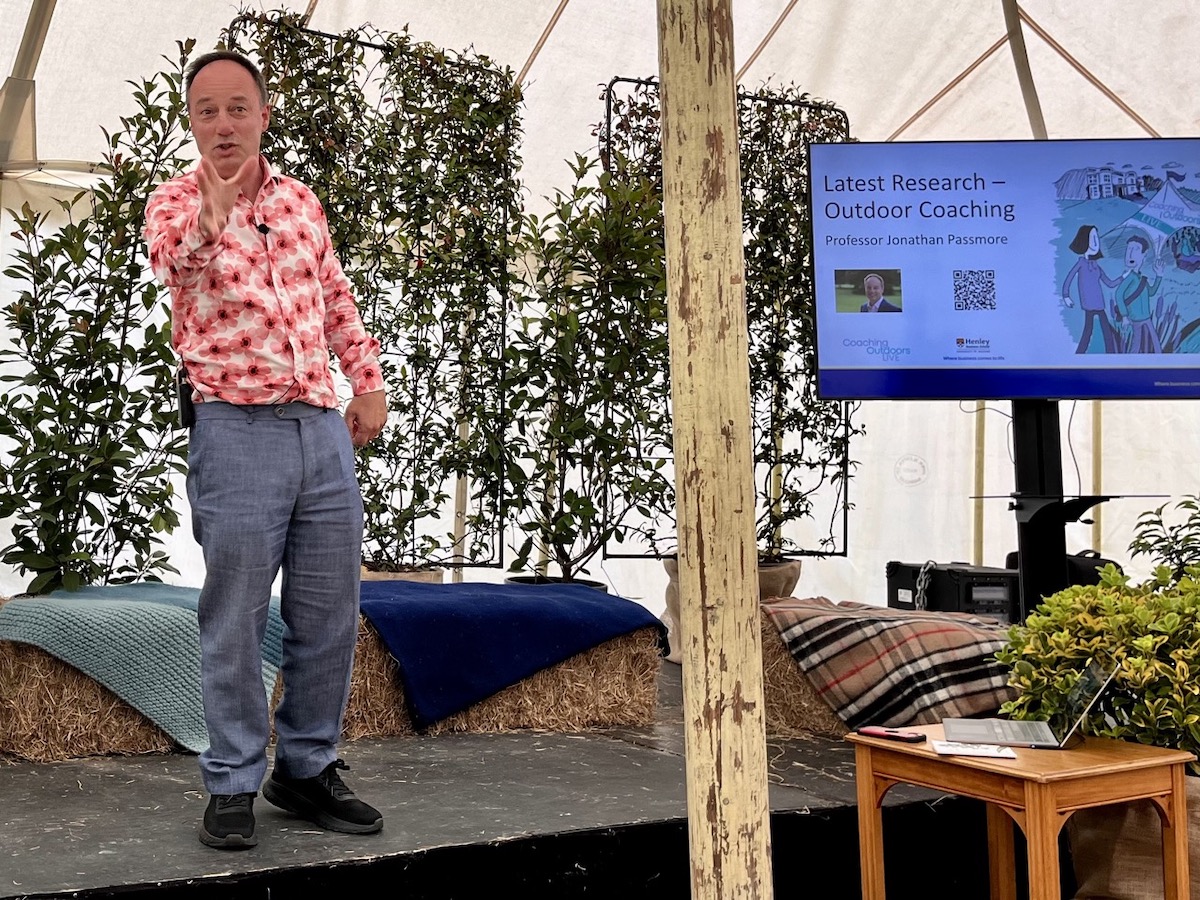
January and February felt like tough months this year, with widespread flooding and then bitterly cold weather sweeping northern Europe. However, March has seen a change in energy, with fresh optimism and positivity. Here are some facts about spring and why it’s such a great time to be outdoors.
And to encourage you to make the most of your time outdoors, we are offering 10% off all purchases during March and April. Simply add ‘Spring10’ to checkout.
The meaning of spring
According to the Online Etymology Dictionary, the earliest form of ‘spring’ was ‘springing time’. This comes from the Old English ‘springan’ – ‘to leap, burst forth, fly up; spread, grow.’ When the sun crosses the celestial equator on the March equinox (20 March this year), it triggers the start of spring in the northern hemisphere (and autumn in the southern).
There is a pacing to the progression of spring that feels comforting. The season travels north at a slow walking pace – approximately 2 miles per hour. It takes about three weeks to cover the UK. Studies in 2015 showed that wildlife accompany spring at a range of rates. Speedy ladybirds move northwards at 6.5mph, versus the more sedate first leafing of oak trees (1.3mph).
Benefits of spring
Greater light levels are essential for a range of health benefits, and trigger production of mood-boosting serotonin. But the appearance of more visible wildlife (including blossoming plants) is also part of the springtime bounce. Researchers at the University of Derby found that people who created more sensory wildlife features in their gardens reported a deeper connection with nature.A And vice-versa!
We are part of nature too. So it shouldn’t be a surprise that we respond to the seasons and their accompanying natural communities. There is a comforting inevitability to these cycles and their pacing, and our own inter-dependence with nature. As American author and naturalist Hal Borland put it, ‘No winter lasts forever; no spring skips its turn’. Perhaps reflecting on this may help us be kind and patient with ourselves, as we plan the changes in our own lives.
Blossoming through ‘being in nature’
Being in nature is a great way to blossom, and our book includes several practices which are ideal for a springtime jaunt outdoors.
‘Spring forward’ is one of these – tuning your senses in to natural sounds and sights, and thinking about what you intend for the year ahead. Whether that’s leaping, growing, or ‘bursting forth’, we wish you all the very best for the season.
Spring discount on ‘Being in Nature’ book
To encourage you to make the most of your time outdoors, we are offering 10% off all purchases during March and April. Simply add ‘Spring10’ to checkout.


